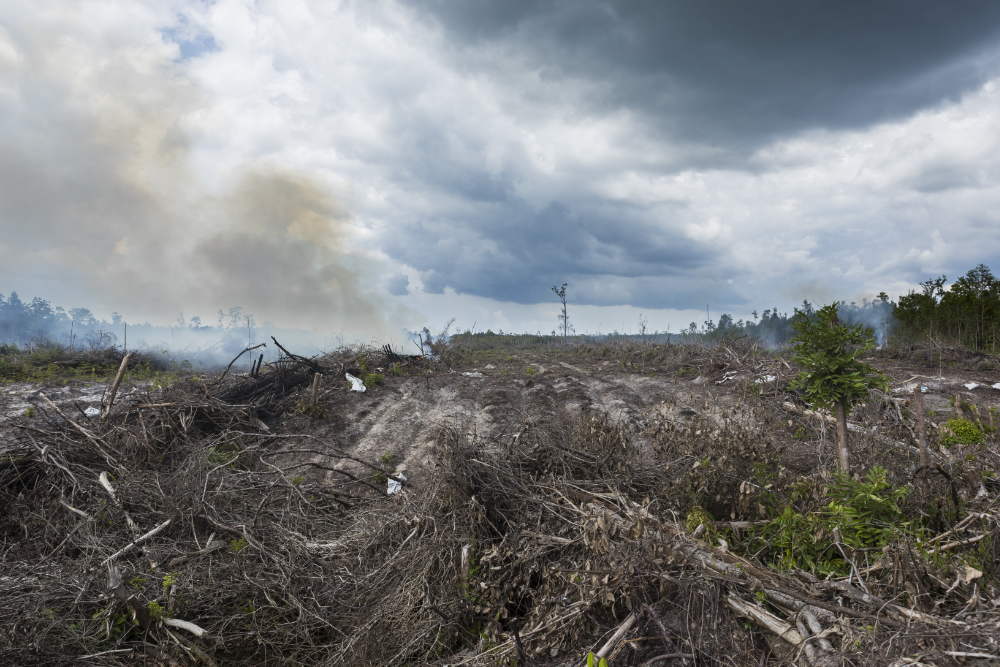
We cannot address the climate crisis without ending deforestation. Even with all other anthropogenic emissions phased out, ‘business as usual’ deforestation alone could still drive global warming above 2 degrees Celsius by the year 2100.
And that’s not all. Scientific studies point to the fact that pandemics – such as the COVID-19 crisis with its devastating impact on lives and livelihoods – also become more likely as we increasingly destroy forests and encroach on nature . Only last week a new Science magazine study showed how halting deforestation could be used as a measure to prevent pandemics.
Crucially, CDP’s latest report, Increasing transparency of banks: The transition to sustainable lending to the forest risk commodity sector, shows that banks play a much greater role in funding deforestation than previously thought. One of the report’s most stark findings shows that funding for South-East Asian companies engaged with palm oil, timber or rubber commodities is driven predominately by banks, who provide two thirds (66%) of their capital needs.
So why should this matter to banks across the world?
CDP’s research highlights that lending comes from both local and global banks alike, showing exposure to be pervasive across the world’s financial system. And funding deforestation comes hand in hand with significant – and unwelcome – risk exposure.
Not only do physical risks grow as extreme weather events increasingly disrupt agriculture, which in turn impacts producers’ bottom lines and ability to repay loans, but transition risks can also no longer be ignored as the world shifts to a more sustainable future.
The transformation to a net-zero economy brings opportunities for banks, whether through growing industries such as renewable energy, or rapidly adapting sectors like agriculture.
By taking action to assess their portfolios, banks can not only manage and mitigate their risk exposure but can seize the opportunity to reap the benefits of early action and be at the forefront of the change we need to see.

The solution is simple: greater transparency.
Banks’ standard ‘know your customer’ practices must encompass environmental risks such as deforestation.
A greater understanding of their customers and direct engagement on the topic of deforestation will enable banks to accurately assess the link between borrowers’ environmental risks and their future debt-paying capacity. By doing so, banks will be able to put a prohibitive price tag on unsustainable practices.
Ultimately, disclosure is the essential first step to drive environmental accountability.
This is why CDP is working with banks to establish metrics to enable banks to better understand and manage their environmental risk exposure. helping them minimize the costs and maximize the benefits.
The benefits of greater transparency and action are not limited to banks alone. The flow of capital can change – and accelerate – the trajectory of the global economy.
Reaching across the global economy, the financial sector has the power to hinder or hamper our transition to the sustainable economies of the future. This means sustainable lending and transparency benefits both people and planet.
The full report is exclusively available to CDP investor signatories through the online investor dashboard. To become a CDP investor signatory and gain access to the full report – and other data and insights including CDP company disclosure data - please contact [email protected].
